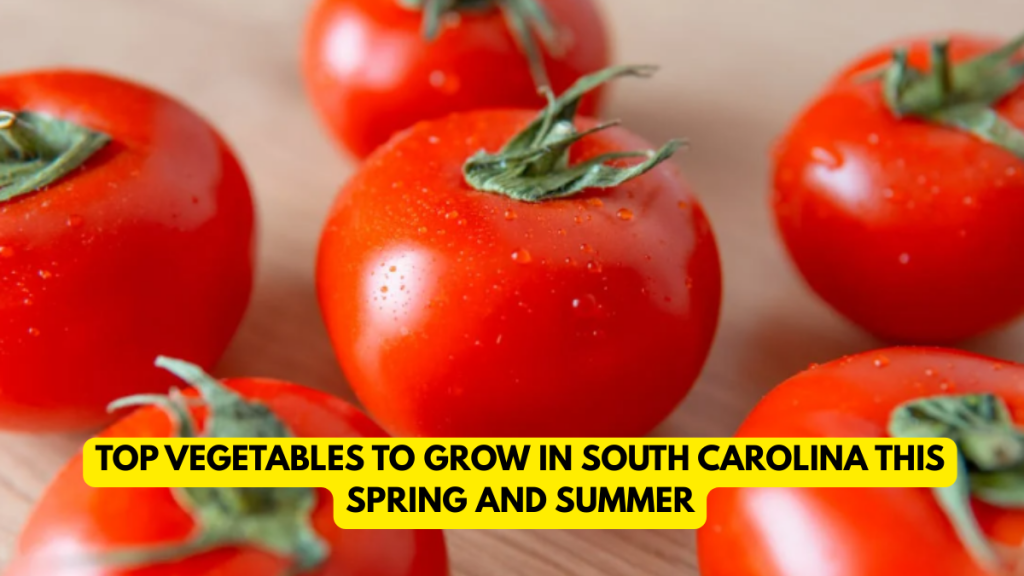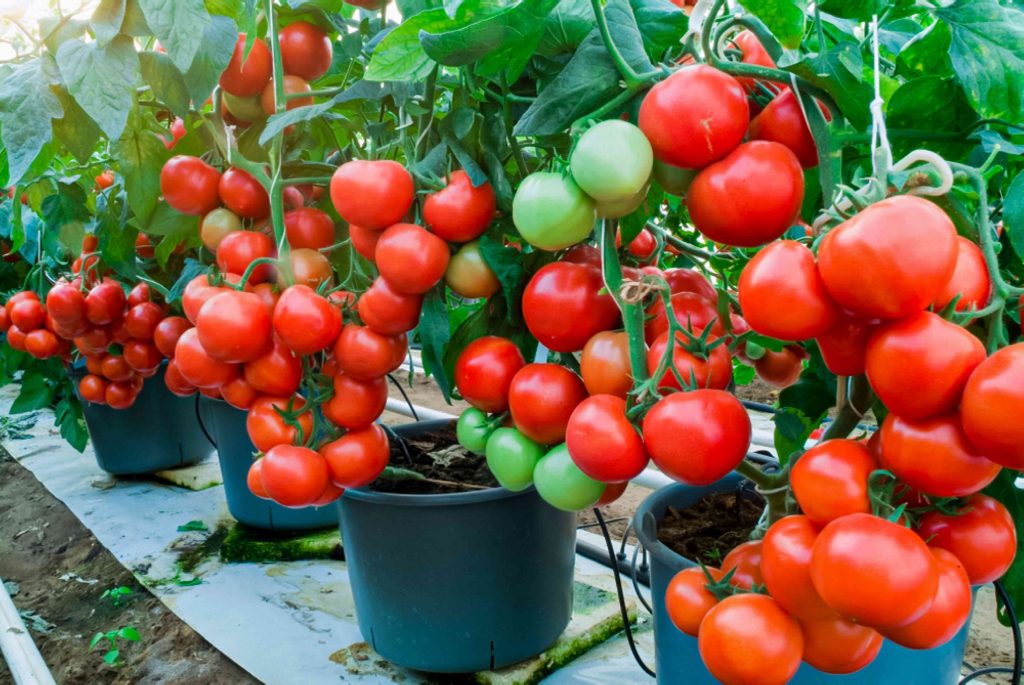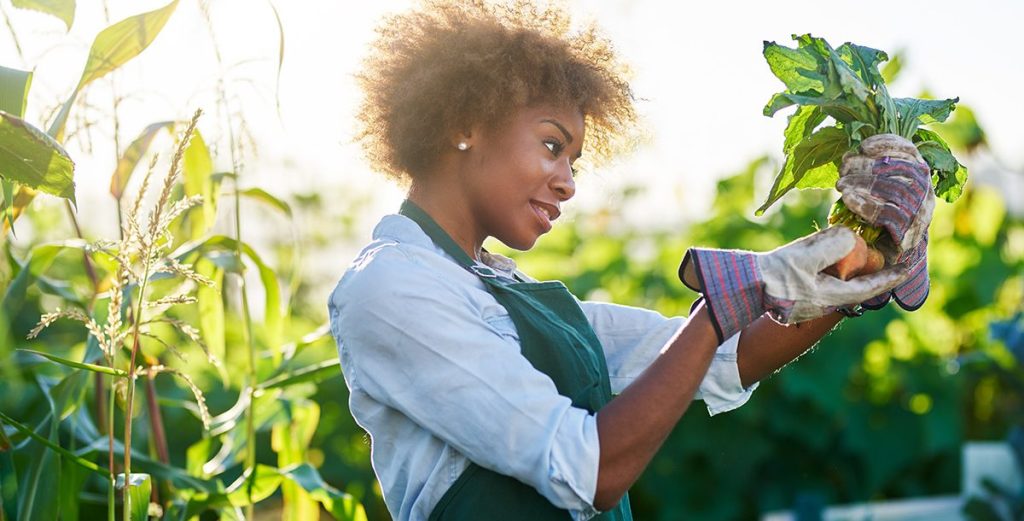
As the temperatures rise and spring unfolds in South Carolina, it’s the perfect time to get your hands in the soil and start planning your garden. With a warm and humid climate across the state, South Carolina offers ideal conditions for a wide variety of vegetables during the spring and summer months. Whether you’re gardening along the coast or in the Piedmont, knowing what to plant and when can make all the difference in your harvest.
Here’s a comprehensive guide to the best vegetables to grow in your South Carolina garden this season—based on planting schedules, regional advice, and expert gardening tips.
1. Beans (Snap, Pole, and Lima)
Beans are an easy and productive choice for warm-weather gardens. In South Carolina’s coastal regions, snap beans can be planted from April 1 to June 1, and again from August 1 to September 1. In the Piedmont, aim for April 15 to July 1, with a second planting from July 20 to August 1.
They prefer full sun and well-drained soil. Keep an eye out for pests like aphids or Mexican bean beetles and water regularly during dry spells.
Learn more from Clemson Cooperative Extension
2. Tomatoes

No summer garden is complete without tomatoes. These sun-loving plants thrive when planted as transplants rather than from seed. Coastal gardeners should transplant between March 1 and April 30, while those in the Piedmont should wait until May 1 to June 30.
Tomatoes require staking or caging for support and benefit from consistent watering to prevent blossom-end rot. Be sure to rotate crops yearly to avoid soil-borne diseases.
Clemson Home & Garden Information Center: Tomatoes
3. Peppers (Sweet and Hot)
Peppers do best in warm, well-drained soil and need plenty of sunlight. In the coastal areas, transplant them between April 1 and May 15. In the Piedmont, the best window is May 1 to June 30.
Use mulch to retain soil moisture and keep the soil temperature consistent, which peppers love.
4. Okra
Okra is a Southern staple and thrives in high heat, making it ideal for South Carolina summers. Plant from May 1 to June 30 along the coast and from May 15 to July 15 in the Piedmont.
It’s drought-tolerant and relatively pest-resistant. Okra prefers full sun and can grow several feet tall, so give it room to spread.
5. Cucumbers
Cucumbers are fast-growing and best planted when the soil has warmed. Coastal gardeners should plant from March 15 to May 15, and again from August 1 to August 30. In the Piedmont, plant from April 15 to June 5 and again in August through September.
Use trellises to save space and improve air circulation, which reduces disease risk.
6. Summer and Winter Squash
Summer squash like zucchini grows rapidly and can be planted early. In coastal regions, sow seeds from March 20 to April 10 and again from August 10 to August 25. In the Piedmont, the window is April 15 to July 31, with a second planting July 15 to August 15.
Winter squash varieties like butternut or acorn squash follow a similar schedule but take longer to mature.
Hyams Garden Center Planting Chart for South Carolina
7. Sweet Corn
Corn needs space and benefits from being planted in blocks rather than rows for proper pollination. In coastal regions, plant between March 1 and April 15; in the Piedmont, aim for March 30 to May 31.
Ensure consistent watering during pollination for plump, sweet ears.
8. Eggplant
Eggplants prefer warm soil and full sun. In coastal areas, transplant between April 1 and April 30. In the Piedmont, plant between May 1 and June 30. Use row covers early on to protect against flea beetles.
9. Watermelons and Cantaloupes
Melons require long, hot growing seasons. For the coast, plant between March 15 and May 15. In the Piedmont, plant from April 15 to June 5. Use black plastic mulch to warm the soil and reduce weeds.
10. Unique Picks: Malabar Spinach & Yard-Long Beans

For something different, try Malabar spinach or yard-long beans, both of which love South Carolina’s heat and humidity. These are perfect additions to summer gardens, especially in the Lowcountry, where temperatures can soar.
Rita’s Roots Guide for Summer Vegetables
Essential Gardening Tips
- Sunlight: Most vegetables need at least 6 hours of full sun. Fruiting vegetables like tomatoes and peppers require even more.
- Soil Testing: Before planting, test your soil for pH and nutrients. This helps you add the right amendments for optimal growth. You can order a test through the Clemson Extension Soil Testing Lab.
- Watering: Water deeply and consistently. Early morning is the best time to water to avoid fungal diseases.
- Pest Management: Use integrated pest management (IPM) practices, including regular plant inspection, crop rotation, and natural predators to keep pest populations in check.
- Raised Beds: In areas with heavy clay or poor drainage, raised beds can offer better soil conditions and earlier warming in spring.
Final Thoughts
South Carolina’s spring and summer seasons provide an excellent environment for home gardening. By planting at the right time and choosing heat-tolerant crops, gardeners can enjoy a rich and diverse harvest. With support from resources like Clemson Cooperative Extension and local garden centers, even beginners can have a successful growing season.
So grab your gloves, check your planting calendar, and get ready to make the most of South Carolina’s growing season. Happy gardening!



